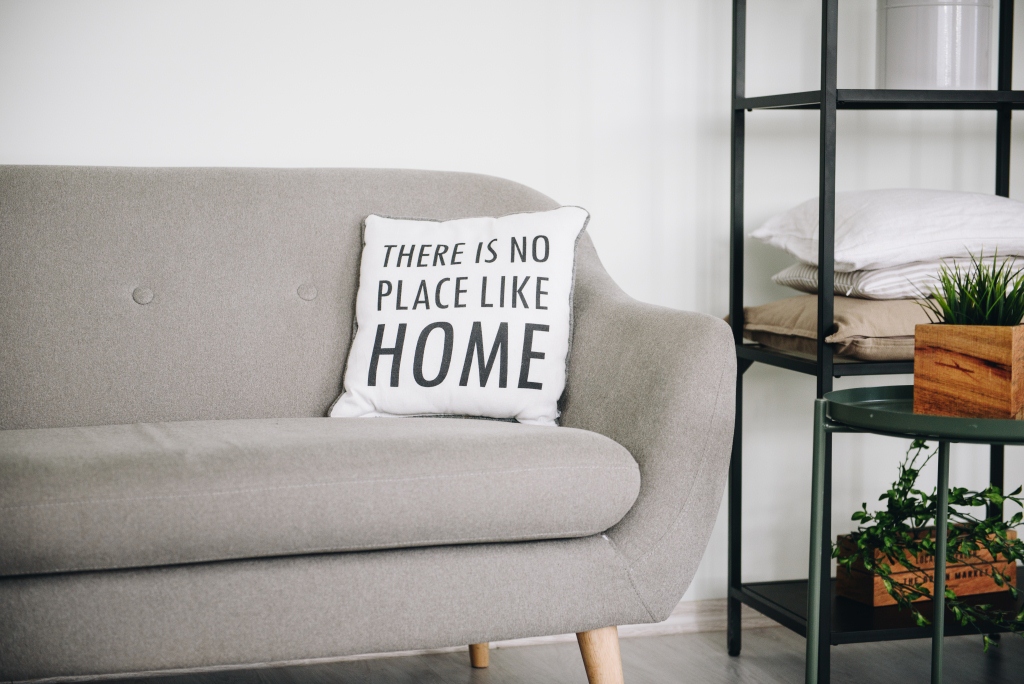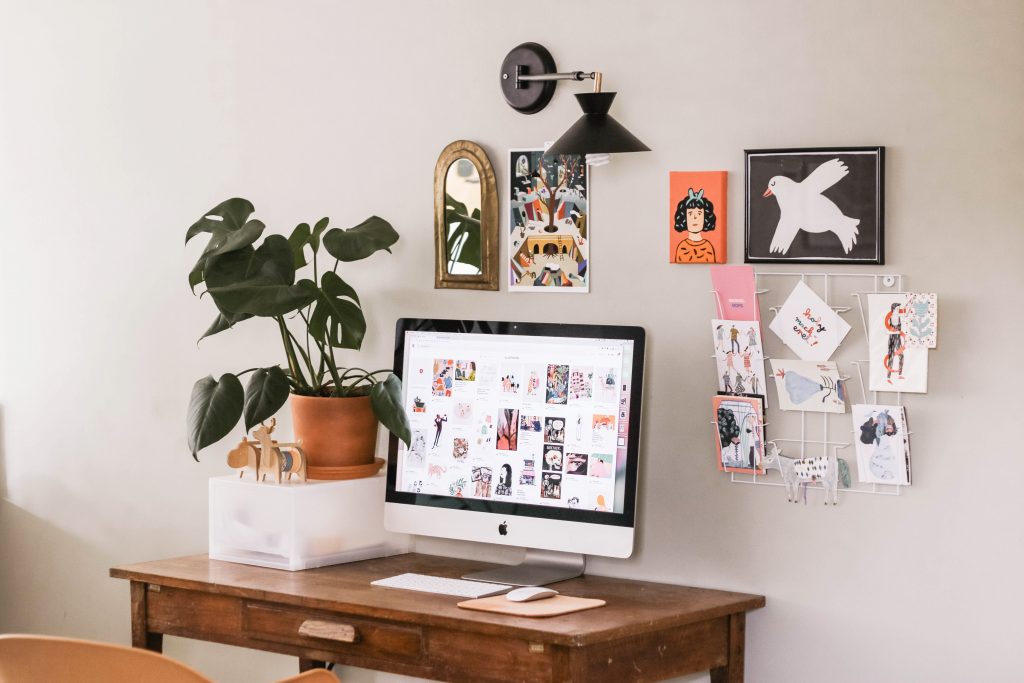Work from home. How to make work not capture your personal life
Working from home can be great. But when a home is an office at the same time, the division of work and personal life can become difficult. And without this division, work can easily spread throughout the house and invade another part of your life, eliminating the possibility of switching to other really important things (such as family, friends, hobbies, and life in general).
“I have been working from home for almost four years, and although I would not change anything, finding a balance between doing work and devoting enough time and energy to personal life was not easy. In the battle between work and family life, work has won many times. But I have put a lot of effort into finding a balance, and today I am pleased to announce that while separating these two things can still be a difficult task, it is certainly possible! ” (Dean de Bara is a freelance writer living in Portland, Oregon)
Why it’s so important to separate work and home life
Before we talk about how to protect your privacy from intrusion when you work from home, let’s understand why this is so important.
This helps prevent burnout
“People can’t work around the clock. They need to have other things to do in their lives,” says Kim Perkins, an organizational psychologist and chief researcher at NOBL’s labor and culture consulting firm.
According to Perkins, such a continuous state of work can cause many negative consequences, including sleep problems, relationship problems, and burnout.
Quitting work can give your mind and body the time it needs to rest and recover, and will help give other areas of life (such as sleep) the attention they deserve. And when you get back to work, you will have enough strength and energy to achieve your goals.

This allows you to relax
Your home should be a place to relax, but for people who work from home, this may not be the case.
If everywhere and everything at home reminds you of work, you will feel that you need to work all the time, and you will not be able to get the necessary relaxation. For example, working in bed may seem comfortable, but if you begin to associate bed with work, it will be harder for the brain to relax and fall asleep when it’s time to sleep.
A clear separation between work and personal life, both physically and psychologically, will help you switch and relax at the end of the day.
It’s good for the people in your life
If you don’t have a family and you live alone, the person most affected by the work-life imbalance is you. If you have a family, things get a lot trickier.
You should be able to disconnect and give your loved ones the time and attention they deserve; otherwise, your work could seriously affect the relationship.
Many people who work from home constantly check their phone (= work), which makes their partner (or family) feel less listened to and valued.
Tips so work doesn’t interfere with the privacy
Obviously, working life should not encroach on your personal life if you want to feel happy, healthy, and balanced. But how exactly to do it? Here are some tips from people who have worked.
Working synchronous graphics
When you work from home – and do it around the clock – you and your family may seem like two parallel lines that will never come together. How to deal with it? Enter synchronous graphs.
“I work on my business while my husband is at work. It gives me 10 hours to do my job, says Anna-Kat Nepira, founder of Boss Girl LaunchPad. “I need to stop work when he gets home so we can spend time together for dinner.”
If you live with a partner or children, it is more important to spend some time with them. Planning synchronous tasks (for example, doing work while your children are at school, or during the same hours when your husband (wife) or other half is at work) will allow you to do work, but you will have time to communicate with members families when they return home.
“This worldview shows your husband that you care about them,” says Perkins, “and makes it a priority to spend time together without being distracted.” Just keep in mind that the synchronous schedule only works if you focus on work only during working hours and are ready to finish when it ends. ”
Hard breakpoint
When you work from home, you can easily lose track of time. And when you finally take a break and look at your watch, it turns out that you worked much longer than planned. It’s so easy to say “another five minutes” or “another email”. But working non-stop can cause your body to malfunction.
Setting a firm breakpoint every day – and adhering to it – can help you keep your work under control (and keep it from encroaching on what you want and do after work). For example, set a breakpoint at 5:00 p.m.
If you are tempted to work in the evening, remind yourself that personal life ultimately benefits. And you need to lead a life outside of work, because that’s where the inspiration comes from, and that will eventually be effective in your work life.
Trigger to end the working day (and start personal time)
Triggers (or signals) can be a powerful way to form new habits. Having a routine that you follow every day when you finish work will send a signal to your body and brain that the work is officially over – and it’s time to move on and enjoy your personal time.
“At the end of the day, I make a to-do list for tomorrow before turning off the computer and leaving the room,” said Megan Winkler, owner of Limelight Visibility Marketing. “For me, it’s the virtual equivalent of sharing a trip home.”
At the end of the day, you can go for a walk with the dog, tidy up the room or write down tasks in the to-do list for the next day – everything you do as a habit to stop work and start a personal life is up to you.

Office closed!
Literally and figuratively, close the door to work and “go home” so you can do personal business, spend time with family, or just relax without feeling the weight of the office.
If you use a dedicated room as a home office, leave at the end of the workday and leave all your work equipment, such as a laptop and work phone, behind.
If you don’t have a closed workplace, don’t worry! You can create a physical division with a well-placed bookshelf or other furniture. And if that’s not an option either, just keep your current job out of your sight so you don’t get drawn to it.
Many people leave their work in plain sight, making it difficult to shut down. By removing everything related to work from the table and field of view (for example, putting a laptop and all papers in a desk drawer), you can create a visual and psychological sense of separation, even if you cannot physically close your workplace from the rest of your home.
Assign time without a screen
One of the biggest problems in the work and home section is the constant screen time. If you often look in your laptop, tablet, or phone (or even nearby!), You will have to fight the desire, for example, to check your e-mail during non-business hours.
This habit can stress loved ones; because no one wants to talk to you while you’re mindlessly browsing the Gmail app.
Therefore, the presence of a set time when phones, laptops, tablets, and TV screens are prohibited, allows you to completely disconnect from work and digital life – and completely immerse yourself in real life. You can also schedule at least a few Saturdays a month without a screen.
When you work from home, it’s very easy to be set up to work 24/7. But remember, your home is first and foremost your home, and second, your office. And if you want to achieve the work-life balance you deserve, that’s the way to go.


Leave a Reply